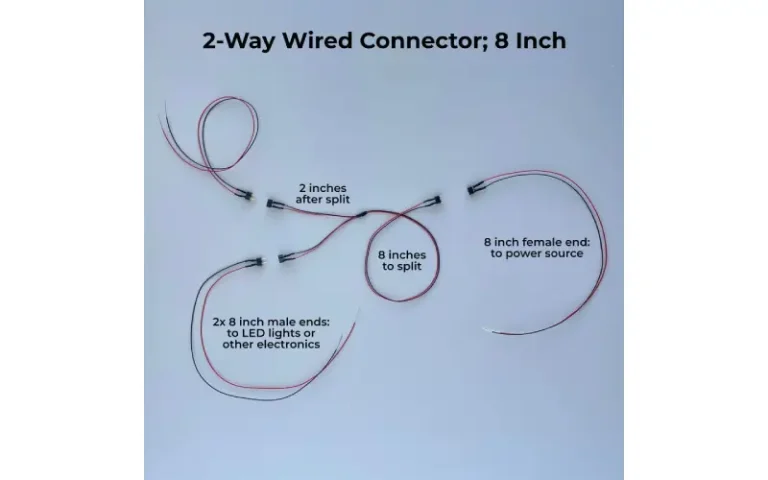
The two most common goals associated with a concrete project are creating an attractive and durable concrete area. While it’s definitely possible to get one of these without the other, it is ideal to get both of them. Working with a professional excavation equipment company in MI for all of your commercial concrete needs can help assure your investment will be well worth it.
What, exactly, is needed for an attractive and durable concrete finish? Here are a few steps you won’t want to skip.
1. Pouring the Concrete
When pouring concrete, it is important to know what type of mixture you’re pouring. Different mixtures will require different steps. A professional will understand exactly what kind of mixture a job requires, and the steps necessary to make it successful.
Generally, the ground should be leveled. Concrete forms will be set up. These can be premade forms, or they can be built from wood slabs. The concrete mixture needs to be poured quickly, and the finishing process continued immediately.
2. Screeding the Concrete
Once you’ve poured your mixture you’ll want to move on to screeding right away. Screeding is a process of skimming the top of the concrete to get rid of excess mixture, even out the surface, and push rough or thick spots down. This allows the smoother mixture to lie on top.
Screeding can be done with a lumber 2 x 4 by scraping the lumber across the top of the concrete forms in a smooth sawing motion. Commercial concrete contractors will use machinery to perform this step when working with larger projects or advanced concrete construction. After screeding, it may be necessary to go over the top again, with a darby or other smoothing tool.
3. Edging the Concrete
The finishing process will continue once all water bleeding has re-absorbed. It is normal for water to rise to the surface of the concrete, but after a short time, it will seep back in. This is when edging and grooving should begin.
Properly edging your concrete can help prevent chips along the edges. Placing grooves appropriately throughout the concrete can control the natural cracking that will occur over time.
4. Floating the Concrete
Typically, concrete should be finished one last time to get the smoothest finish. This is called floating or troweling.
Rougher finishes are better for outdoor spaces in order to provide traction in inclement weather conditions. Indoor spaces such as commercial flooring is often smoother and polished.

5. Setting the Concrete
After concrete has been poured it is vital that it be allowed to set, or cure. This is when the concrete fully hardens. While it may appear hard to the touch after a few hours—especially in the heat—it can take 5-7 days for it to harden completely. Only at this point can it handle heavy loads without fear of damaging its longevity.
A professional concrete finishing job can enhance the look of your project and help ensure the lifespan of your concrete. Following these steps and working with a commercial contractor can help.

I am an entrepreneur, marketing consultant, author and speaker. I help companies and individuals build their brands and convert more leads into opportunities & I love to write content about technology and marketing that help people to grow their business.




